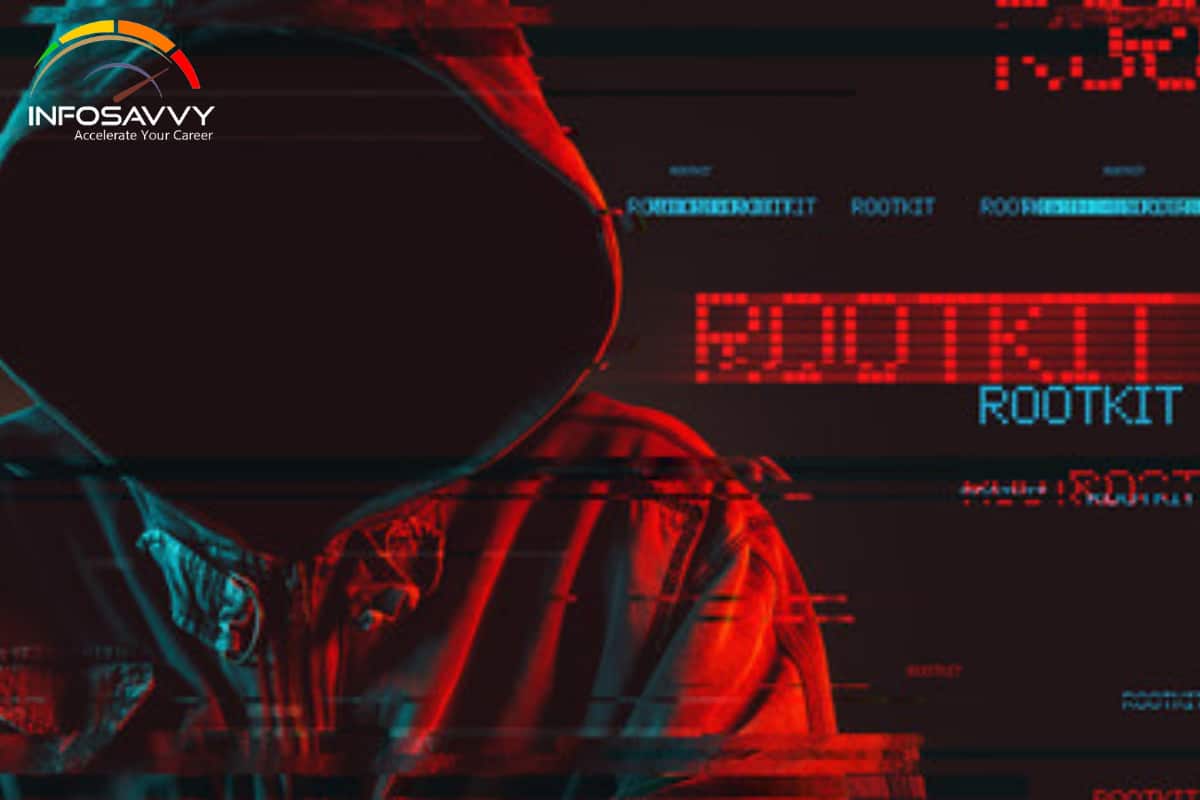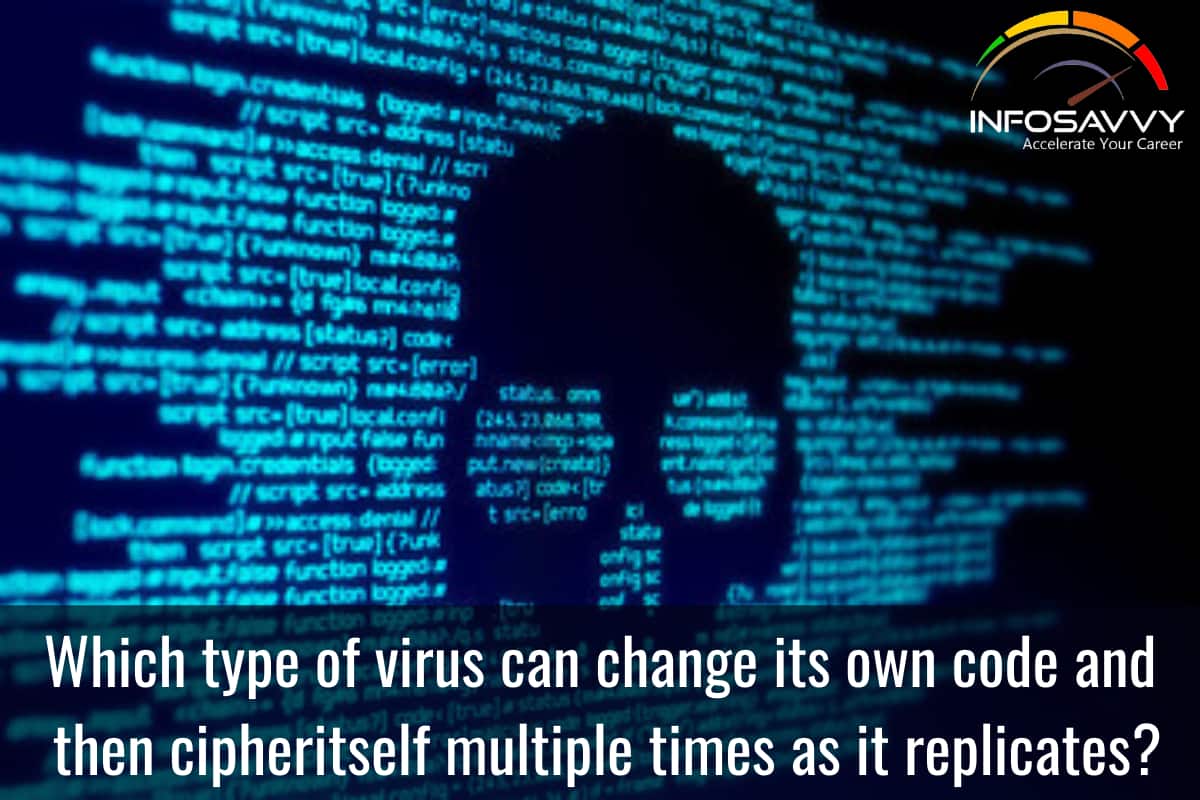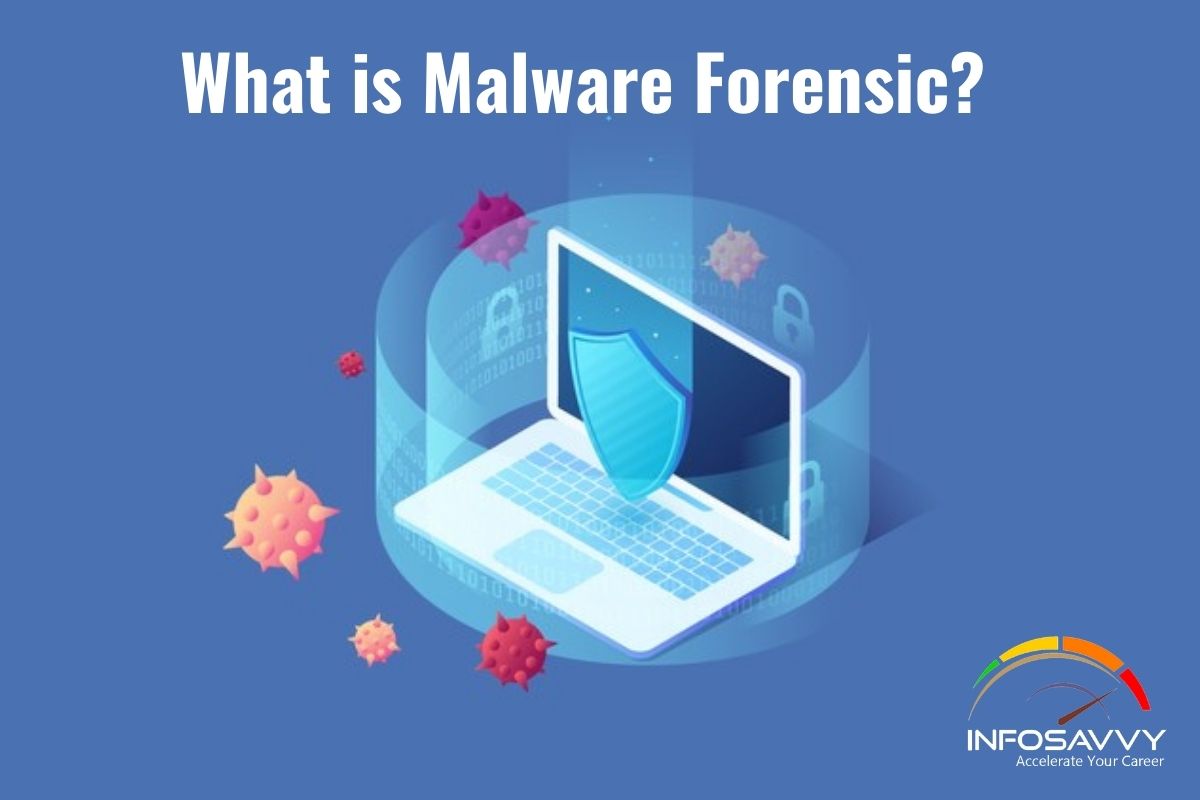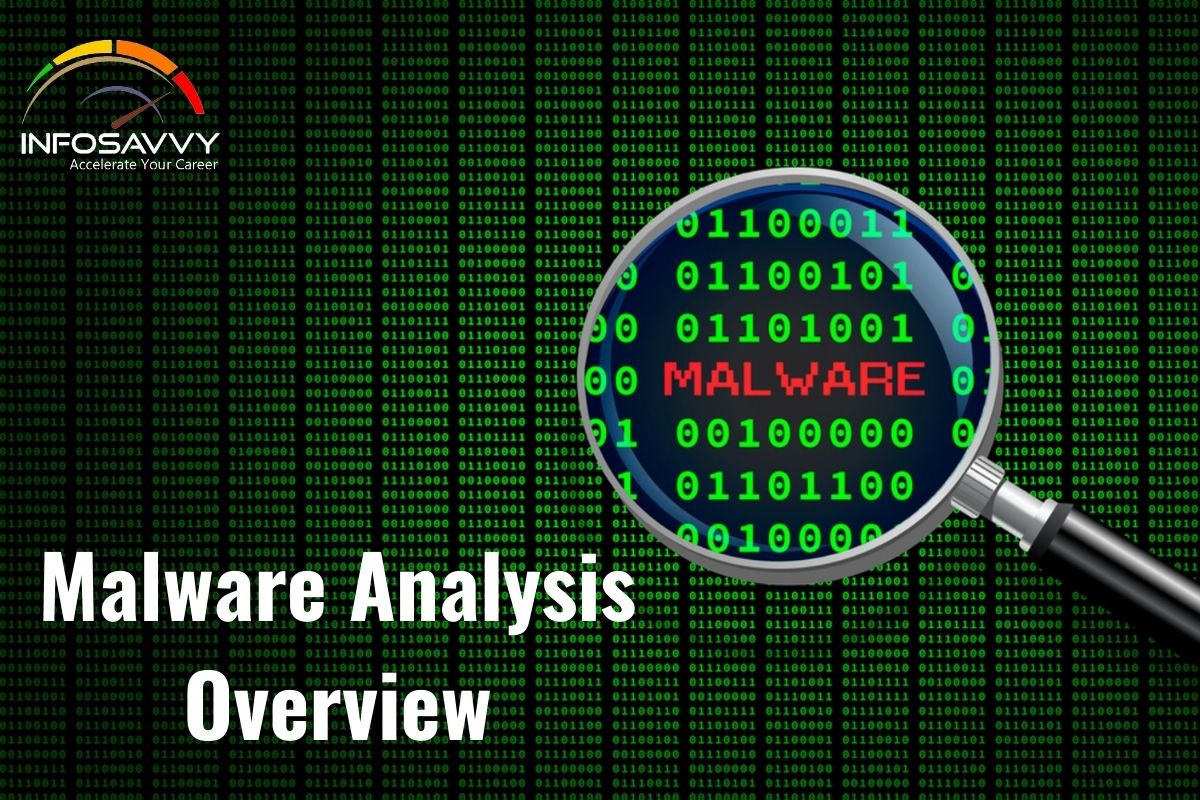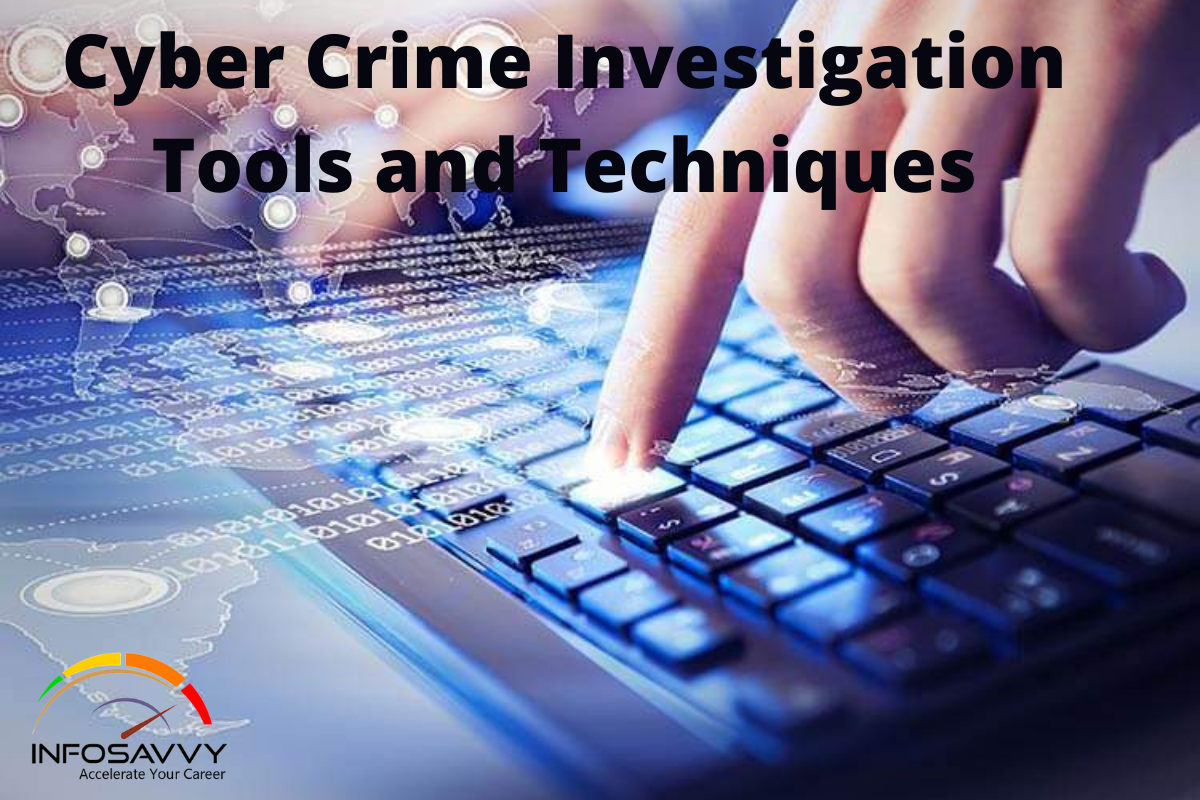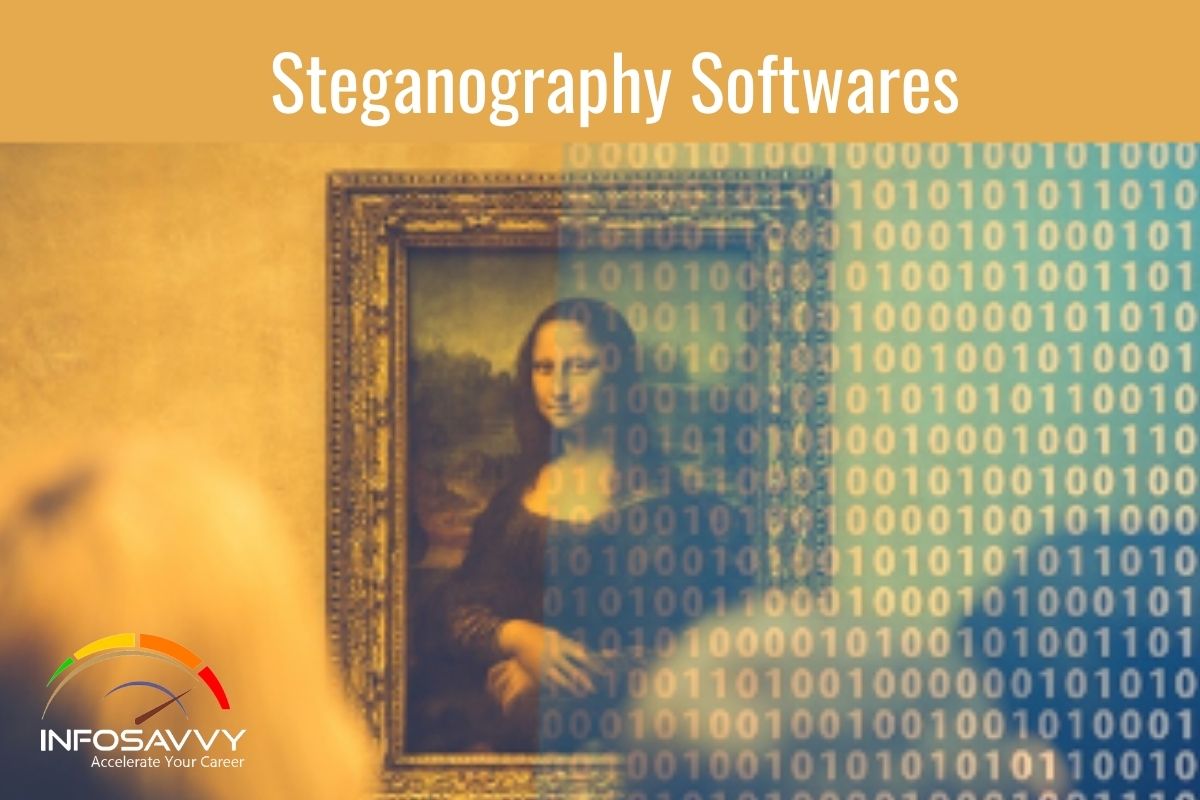To invisibly maintain access to a machine, an attacker utilizes a rootkit that sits undetected in the core components of the operating system. what is this type of rootkit an example of ?
To invisibly maintain access to a machine, an attacker utilizes a rootkit that sits undetected in the core components of the operating system. what is this type of rootkit an example of ? Option 1 : Firmware rootkit Option 2 : Hardware rootkit Option 3 : Hypervisor rootkit Option 4 : Kernel rootkit 1. firmware rootkit A firmware rootkit uses device or platform firmware to form a persistent malware image in hardware, like a router, …

